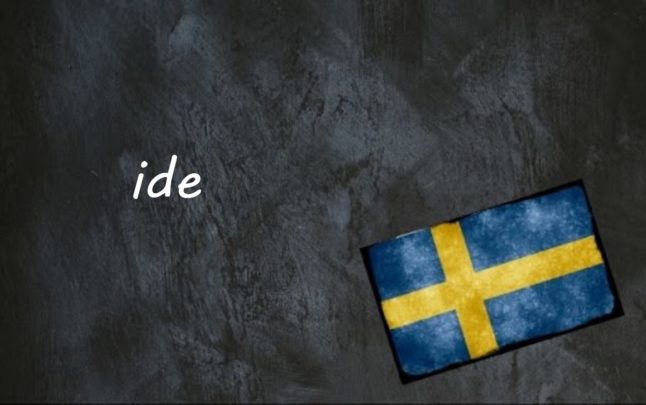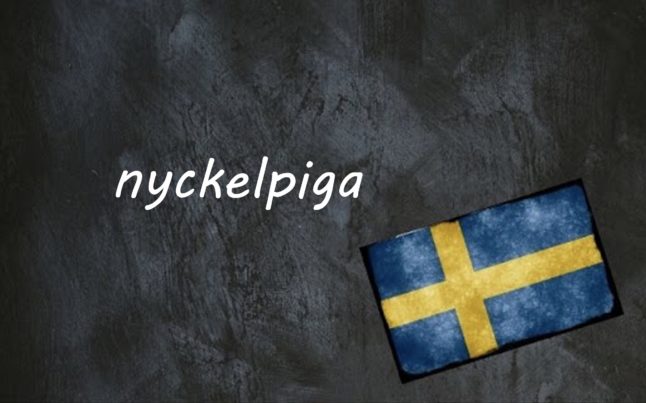The Swedish word ide refers to a den, cave or similar dark hole where an animal, usually a bear or beaver, goes into hibernation for the winter to preserve energy until the spring.
It comes from the Old Swedish word hiþ, which in turn may come from the same Germanic root as the English word “hide”.
Ide is often used in the phrases att gå/ligga i ide, which mean to go into or to be in hibernation. You can use this for hibernating animals, but it can also be used to refer to people.
During winter in Sweden, the nights are long, the weather is often pretty cold and wet, and people generally want to spend as little time outside as possible.
People living in Sweden will quite often metaphorically gå i ide from around the end of October until the sun returns the next spring – although usually they’ll cuddle up by the fire with a fluffy blanket, a hot chocolate and a good TV series rather than crawling into a den or cave somewhere.
Another term for ide which is more commonly used to describe hibernation in the case of animals in particular is dvala or vinterdvala, and you may also hear the term att sova vintersömn (to sleep winter sleep).
Historically, ide could also be used to refer to an unassuming or concealed home or apartment, or even a den or hideaway for some sort of criminal. This would more commonly be described as a lya in modern Swedish, such as in the terms studentlya or ungkarlslya, which translate to “student digs” and “bachelor pad”. Lya also has its origin in a home or hole for some kind of creature – it describes the lair of an animal such as a wolf, fox or badger.
Pay attention to whether there is an accent on the “e” in ide, so you don’t confuse it with idé, the word for “idea”. This é in Swedish tells you which part of the word you should stress, so ide has the stress on the first syllable and is pronounced roughy like “EE-duh”, while idé has the stress on the final syllable and is closer in pronunciation to “ee-DAY”.
Example sentences:
Ett björn brukar välja sitt ide under sommaren.
A bear usually chooses its den for winter hibernation during the summer.
Det är kallt och mörkt i dag och allt jag vill göra är att gå i ide.
It’s cold and dark today and all I want to do is go into hibernation.
Don’t miss any of our Swedish words and expressions of the day by downloading our new app (available on Apple and Android) and then selecting the Swedish Word of the Day in your Notification options via the User button.



 Please whitelist us to continue reading.
Please whitelist us to continue reading.
Member comments